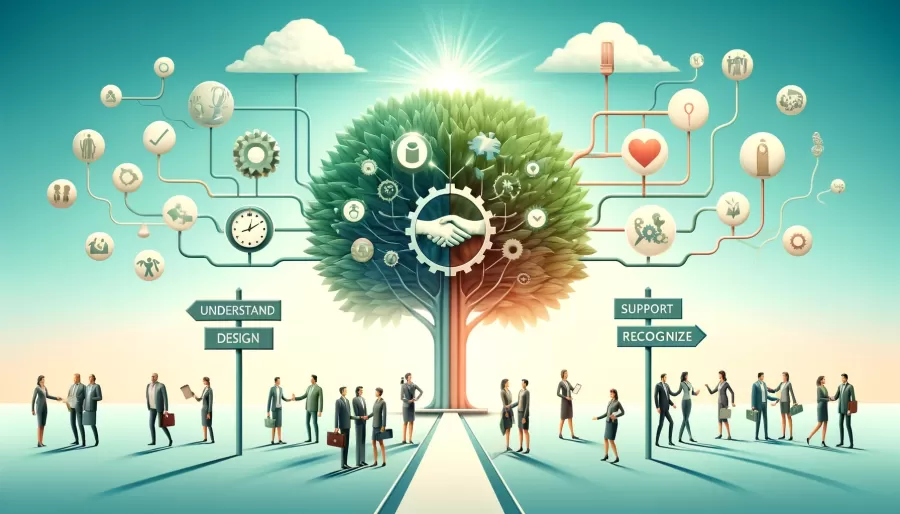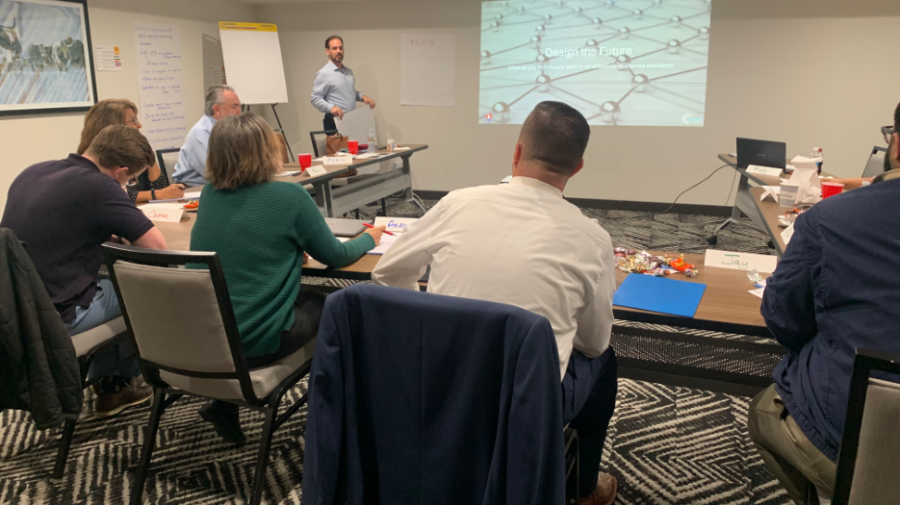
Equilibrium: Essential to Today’s Workforce AND Good for Business
“The way you treat your employees during a crisis will define your brand to your customers and future employees forevermore.”
Mark Cuban
The Great Resignation was an eye opener and may be the futurescape of employment, especially in the public sector. For anyone charged with creating or sustaining high performance teams, the thought of hiring challenges continuing and potentially becoming a new norm is frightening.
Ironically, fear is a contributing factor for many who make the decision to bow out of the standardized workforce. The global uncertainty we are experiencing, coupled with any number of local or personal crisis contribute heavily to employee unrest. Equilibrium is essential to today’s workforce. It is incumbent on employers to reduce unnecessary fears within their employees, create securities and let them know just how valuable they are to the organization.
Take care of employees so they can take care of customers
Whether it’s a natural disaster, conflict resolution, grief counseling, rapid intervention, or just day to day challenges, taking care of your employees in a way that emphasizes their wellbeing should be a priority for team leaders. Organizations that do not make that choice will suffer the consequences. In the past, one unhappy employee’s story may have impacted the point of view of a few colleagues. With the ability of viral influences, not taking care of one person in need can now cascade into a much higher number.
Times and work conditions constantly evolve. Certainly, we can agree the work conditions have changed radically over the past decade. It is important to highlight that employees are not taking on a victim mentality as they experience the escalations. On the contrary, they are taking matters into their own hands by deciding to move on. Social media adds to the conversation, sharing stories of personal victories and collections of followers. “The world is different than ten years ago, let alone longer than that,” says Rob Duncan, Managing Director of Imagine That Performance. A consulting firm specializing in assisting government leaders in developing their teams. “Employees entering the workforce in the past five years do not have the same reasons to be optimistic that we did and the noise from social media isn’t helping. Why should they work for someone that doesn’t care about them for a low wage when they can get followers and work for themselves?”
Public sector human resource departments work tirelessly to recruit top talent, selling individuals on the culture of the organization and the future opportunities, especially when limited budgets create challenges for salary offerings. In private sector businesses, marketing efforts to recruit customers become costly and a strategic plan can help reduce the acquisition cost per customer. Business owners quickly learn it is cheaper to retain their existing customers rather than continuously building their business through new customers that do not become repeat customers. Now, there is still a need for new customers of course. But the search burden is reduced when the business owner can use testimonials from their happy existing customers. Additionally, the business owner can count on the happy existing customer to remain engaged with their purchasing power. The savviest business owners have two plans: one for recruiting and another strategic plan for retention. The same approach can be taken within the public sector human resource departments when considering recruiting and retention of employees. Recruiting will always be necessary; however, it becomes easier when the existing employees praise the efforts, culture, and ongoing care they experience with the employer. Parallel to the private sector, the existing, happy employees will offer stability and remain engaged which can equate to higher productivity and longevity.
Truly, better results for the organization is just a happy by-product of what really matters; empowering employees to find their balance, their equilibrium, that allows work to be an enjoyable plus to their private lives. The highly productive outputs that result from a workforce equipped with equilibrium is the delivery of services to residents and the municipal community, which is the core competency of local government. Employing and retaining the right people in place can ensure an engaged workforce focused on public service deliverables. Taking care of the organization’s people is taking care of the important people and a satisfied community is good business for any local government agency.
Related Articles That Might
Interest You

Elevating Organizational Culture: From Rules to Standards

Success Story: City of Heath’s Leadership Team Development

Local Government Leadership Questions

Leadership Excellence in Local Government

Enhancing Leadership and Internal Promotion in Local Government

